7 Practical Tips for Quilt Journaling
Quilt journaling is a wonderful and creative way to capture your quilting journey, and I'm thrilled to share some insights and ideas with you. Even though quilt labels are great (and I highly recommend making them), they can’t capture a quilt’s entire journey.
A label on the back of your quilt doesn’t have room for stories about who helped you learn a technique, why you chose a color palette, or what was happening in the world while you sewed. That’s where journals come in: They can help you record the details of your process, from inspiration to collaboration, from technical approach to emotional journey.
As a wellness coach for quilters and other makers, I always encourage my clients to journal. Even 10 minutes of writing can be illuminating! Today, I’ll share 7 practical tips on how quilt journaling can help your creativity.
Tip #1: Quilt journaling can look different for different people.
As a person with chronic pain, I’m often not able to journal by hand so I type my journal entries on a computer. (I want to save my hands for hand quilting, and I bet some of you do, too!)
Journaling is a wonderful practice that is can be done in many different ways so its accessible to all:
Trending patterns!
- Writing journals by hand
- Typing journals on a computer or tablet
- Using voice memos to record journals
- Creating visual journals with decoupage, drawing, and other mediums
Tip #2: Test out some different quilt journaling methods to find out what you like best.
- Morning Pages: Developed by Julia Cameron and detailed in her book The Artist’s Way, this method encourages us to spend time, first thing every morning, hand-writing three pages of stream of consciousness. Julia says it’s important not to overthink the process – just start your day writing three pages and see what comes up. (I type mine and that’s fine, too!)
- Bullet Journal: This method (also known as Bujo) is a “mindfulness practice designed as a productivity system” according to developer Ryder Carroll. By using well-designed Bujo tools and methods, people are able to organize their life and thoughts. This approach is strictly paper and pen, but is otherwise highly customizable.
- Art journals: Starting with a blank notebook, you can fill an art journal with experiments in a variety of mediums, all while recording thoughts and feelings. This method’s about encouraging self-expression and play, and is especially useful for folks who don’t love writing. Here’s a beginner’s guide to get you started.
- Good ol’ fashioned diaries: As a kid, I had a diary with a tiny lock and key, and that safe place to hold my secrets meant the world to me. Today, I journal on my laptop and save it to the cloud, but otherwise, the experience is the same. A diary is a place to store your private thoughts.
Which of these appeal to you? Perhaps you need a combination of approaches? Which leads me to…
Tip #3: Remember, there’s no wrong way to journal.
Journaling is a personal practice, and no one can tell you how to do it “right.” In my mind, the only “wrong” approach is to not journal at all; if you’re skipping it, you’re missing out on opportunities to nourish your quilting!
Tip #4 Use journaling to plan your quilts.
When you’re in the planning stage of a quilt, a journal can help you record your process. You could make a list of quilt patterns you’re considering; describe the message you want to convey with your piecing or free-motion quilting; or keep track of color combos that weren’t a great fit but might come in handy later.
By recording each stage of planning, you accomplish two things:
- You will have one place to store everything about each quilt, so you’ll never lose information (or inspiration) again.
- You will be able to look back to observe what you’ve learned, then put that learning to use in future quilt projects
Tip #5: Journal about themes that inspire you.
If your quilting is inspired by personal themes, journaling can help you process information and make decisions. For example, let’s say you care deeply about your family and want to convey that in your quilts. You might journal about:
- Feelings about each member of your family — struggles, loves, and gratitudes
- Color combinations that convey their personality or what they mean to you
- Inspiring quotes or writing that makes you think of those in your family
- Hand quilting or embellishment techniques inspired by personal conversations or experiences you’ve had with certain family members
- Practical sewing lessons you learned while making the quilt
By spending time thinking through your experience with the theme, you may be able to identify a clear path forward for a meaningful quilt.
Tip #6: Release difficult emotions that affect your creative process.
Your creativity is inherent – you were born with it! – but emotional pain can block it. When difficult emotions are affecting your ability to access your creative side, a journal can help. Whether it’s stress about a lack of work/life balance, the pain of a broken heart, anxiety about work issues, or anything else…consider journaling about it.
Getting thoughts out of your head and onto paper can clear a path for your creative energy to move through. Sometimes just getting something off your chest is enough to get you back into the mood to sew!
Tip #7: Conquer limiting beliefs through journaling.
Every one of my coaching clients holds limiting beliefs. I’ve had them, too, and they can stall our quilting! Journaling can help. Here’s my 4-step process:
- Identify a limiting belief. What are you saying to yourself that’s holding you back? It might sound like, “I’ll never learn how to hand stitch a binding!” or “The last time I tried to sew a curve I sucked, so I’m never trying again”
- Write down the limiting belief. Then write down an affirming belief that you would like to adopt. Something like: “I’ve learned many hard things, so I’m sure I can learn to hand stitch a binding – I just need help.” Or: “With practice, I can learn to sew curves.” Or even: “I am a capable sewist who can learn anything!”
- Consider this alternate, affirming belief. How true does it feel? What do you need to do to make it true? Take notes about what works.
- Keep coming back. When you use journaling in your quilting practice to conquer limiting beliefs, you speed up the process of personal and creative growth. When those old, unhelpful stories inevitably show up again, review your notes and remind yourself of your ability to learn and grow.
Quilt Journaling Challenge:
Remember when I said quilt labels can never capture a quilt’s whole story? Your journal can! Use your journal to record:
- Quilt Designs and Patterns: Start by documenting the designs and patterns that inspire you. Whether it's a traditional quilt block, a modern design, or your unique creation, note down the details and your thoughts about why you love it.
- Fabric Swatches: Collect small fabric swatches from each quilt project and attach them to your journal. This not only adds a tactile dimension but also helps you recall the colors and textures you used.
- Work-in-Progress Photos: Take photos at various stages of your quilting process. These pictures can capture the evolution of your project and serve as a visual timeline of your work.
- Quilting Techniques: Write about the techniques you use, the challenges you face, and how you overcome them. This can be incredibly useful for future reference and for sharing your knowledge with others.
- Memories and Stories: Share the stories and memories associated with each quilt. Who was it made for? What inspired the design? What was happening in your life at the time? These personal touches can make your journal truly special.
By journaling in this way, you’re capturing a quilt’s provenance – its earliest known history. While you may not think you’re creating something museum-worthy, there may come a time when your quilt is displayed and folks will want to know its history.
Or the quilt may be passed down through generations of people who forget its origins. A thorough quilt journal not only helps you track your own history; it helps others remember you and your work, too.
How Will You Use Quilt Journaling in Your Creative Practice?
Whew! I shared a lot of ideas today, and I can’t wait to hear how this helps you to use journaling in your quilting practice. Let me know in the comments which method you’re trying out so I (and the Suzy Quilts community) can cheer you on!
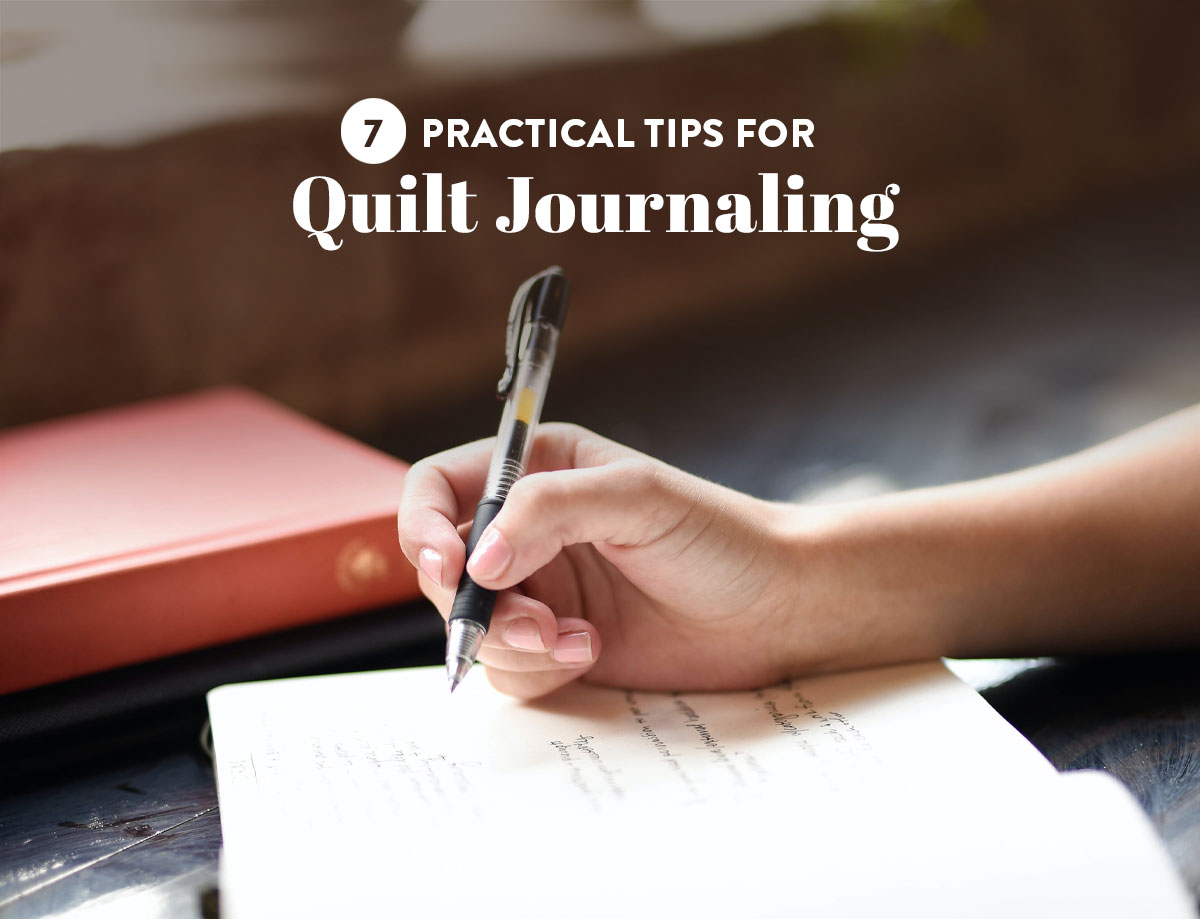
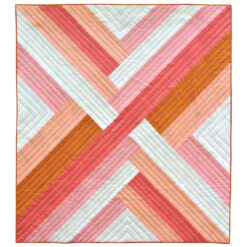
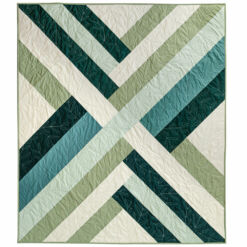
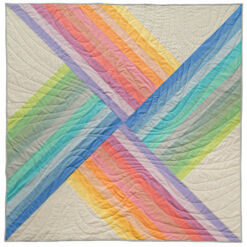
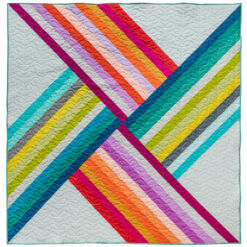
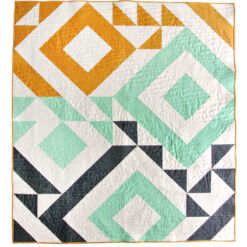
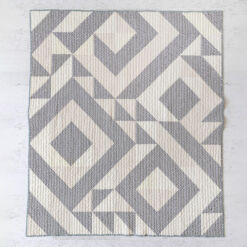
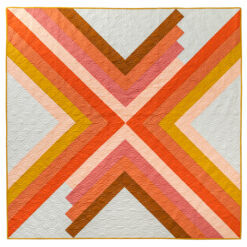
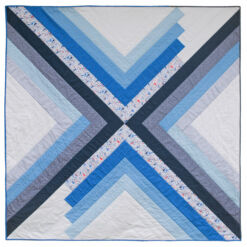
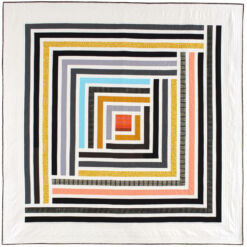
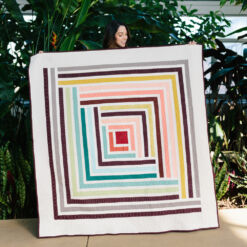
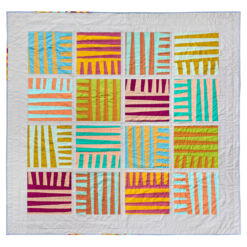
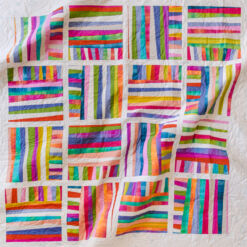
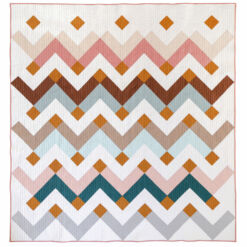
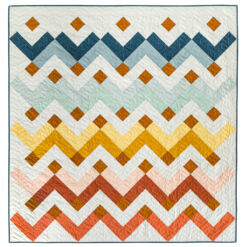
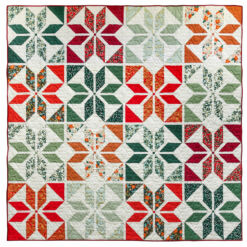

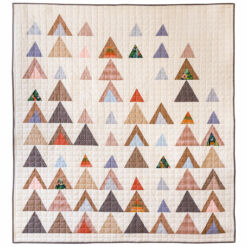
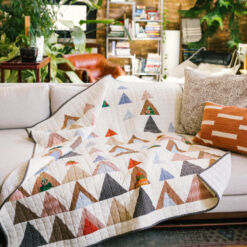
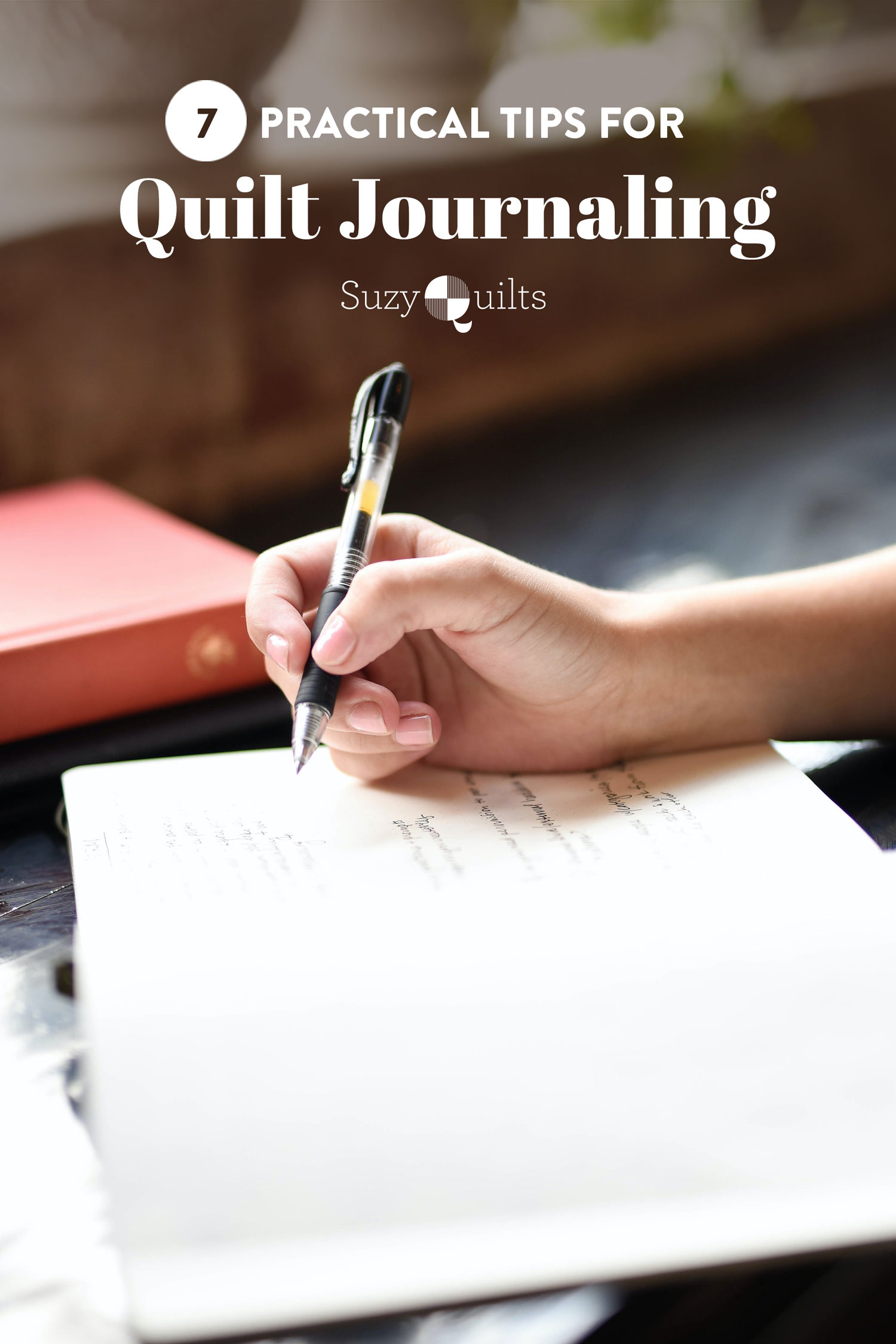

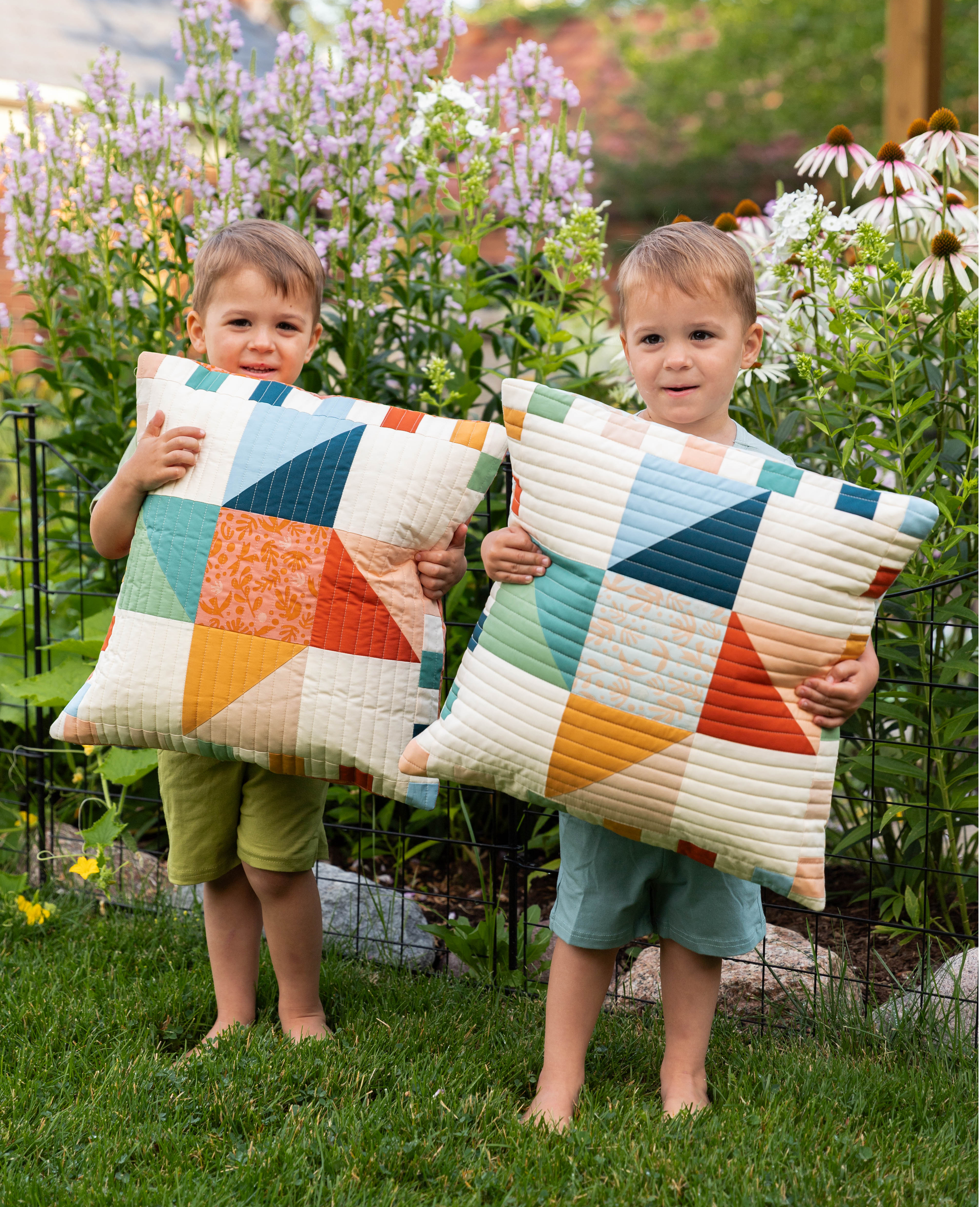

Jenni, this article is an incredibly helpful guide and inspired me to reframe work in progress to progress at work. Thank you
thanks so much, dianna! i really appreciate that. what have you learned in the past few days from the experience
I LOVE this idea! I love journaling in general for everyday life but have never thought of using it as a way to document my quilting or sewing journey! I really like the example you gave using a theme to plan out a quilt for a family member, as well as writing down limiting beliefs. I am excited to start incorporating these into my sewing routine!
yay hope! i love to hear this – sounds like you found a couple ways to use quilt journaling to your benefit. have you journaled in the last few days? how has it helped?
This a well thought out blog about journaling. I took an art journaling class a few years ago and it helped me tackle new media and techniques. When I worked in fused glass, I kept copious notes on quantities, color reactions, time, temperature, etc. so that I could refine my work and reproduce the winners. Thanks for putting this together in an easy to digest format. You rock!
hi fran, thanks so much! it’s so wise to document things so we can repeat them – was just talking with one of my coaching clients about that today.
I’ve always liked the idea of journaling, but it’s not somethimg I can sustain. I have numerous beautiful journals with a few pages of thoughts, intentions, and memories. Generally from periods of high stress, self discovery, or growth. I often think I should burn them as a future reader might assume I only had struggles in life. They wouldn’t see the great adventures or pure joy that I have been lucky to experience.
Adding journaling to my quilting experience feels like another roadblock to getting on with my creative journey. Alternatively, I do envy those who can journal consistently and want to document quilting effectively.
hi susan! well i’ve been there, too, so no judgement 🙂 it can be hard to keep a routine going. sometimes we get overwhelmed and stop; i’ve experienced (and had a couple clients also experience) that when we do baby steps, it can become a more sustainable habit. like it’s better to keep a running journal where you just jot things down, or spend just 5 minutes a day, than to not do it at all. i wonder if that would be something that would help?
Jenni, I’m just realizing I may have a creative side! Sewing apparel for years were by patterns, not my creativity but with quilts, only a couple of years now, I’m learning I may have creative side. Maybe your idea to journal thoughts will help.
Thank you!
page, that’s so fun to hear! i love that you’re realizing you’ve got a creative side. keep me posted on what you learn through your journaling!
I’m ready to start a quilting journal! I’ve been buying patterns and fabrics that I love for about a year…and now I forgot what I have! Or what fabric goes with which pattern. I tend to be an organized person but couldn’t find a way to organize my quilting ideas. I think a journal is just what I need! Thanks!
that’s great to hear, kathy! when we’ve been quilting for a while that happens – a journal is such a cool idea for keeping track of ideas with little scraps of fabric and other color inspo. love it!!